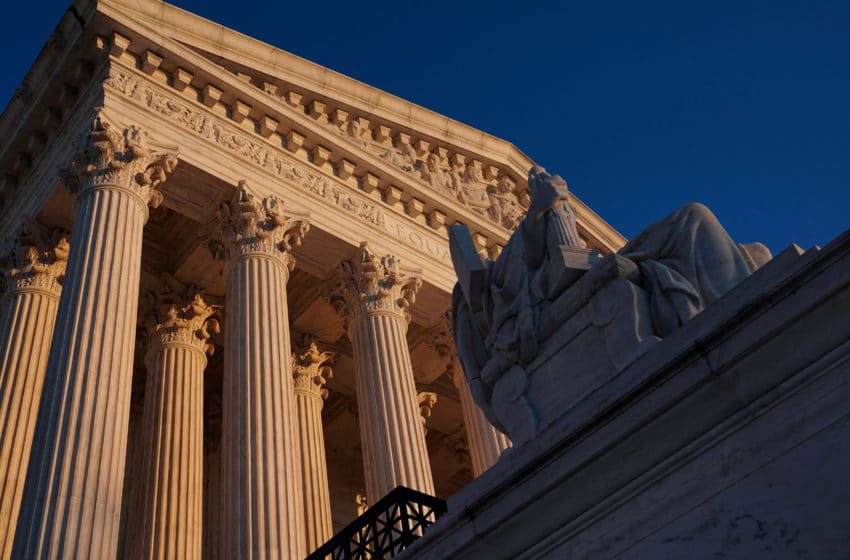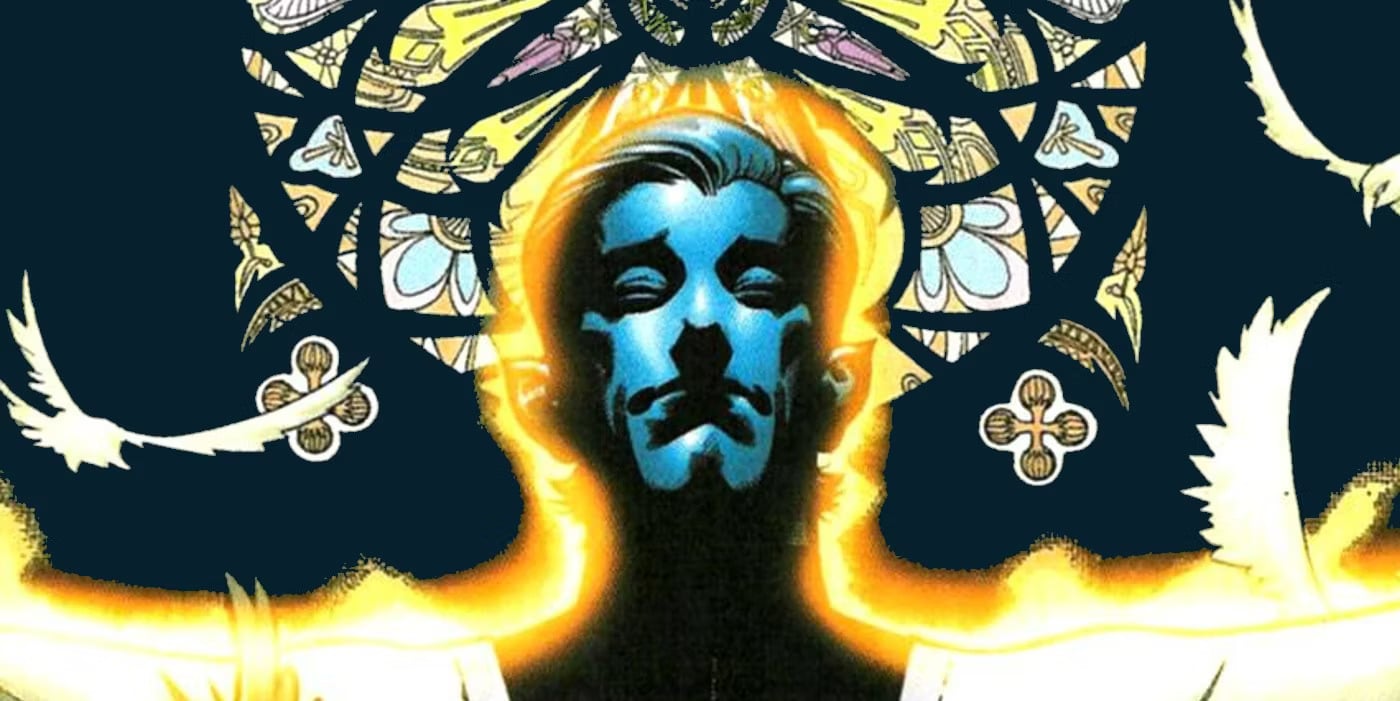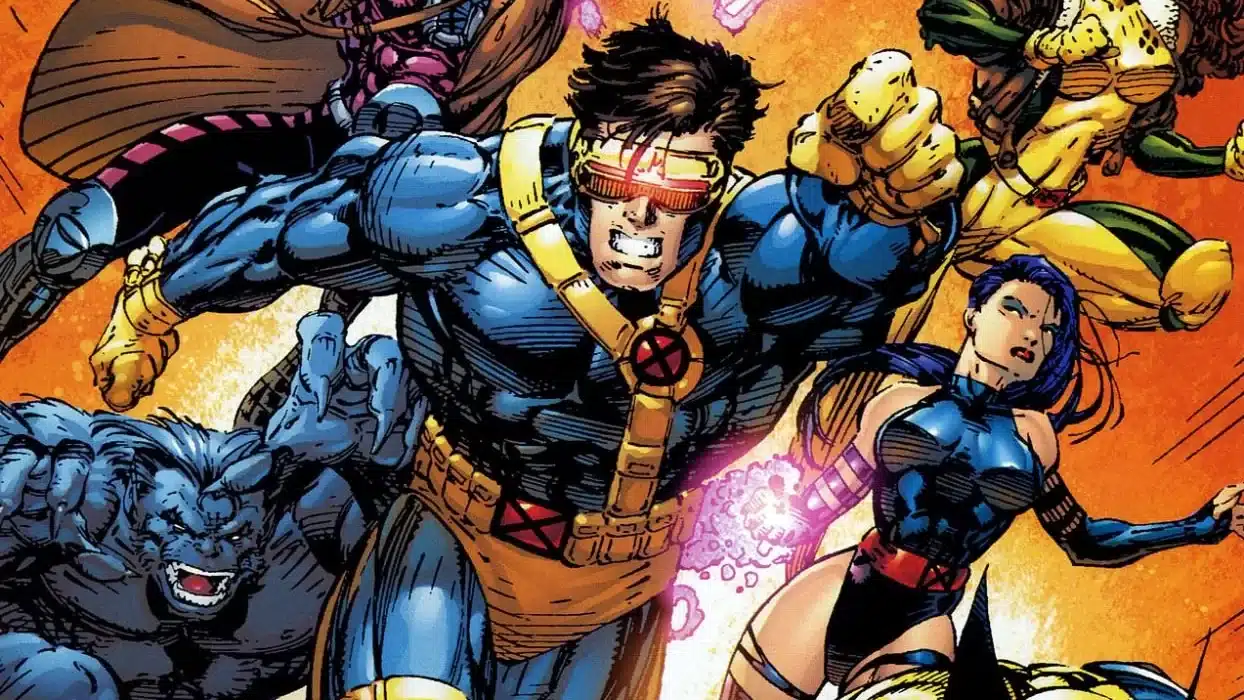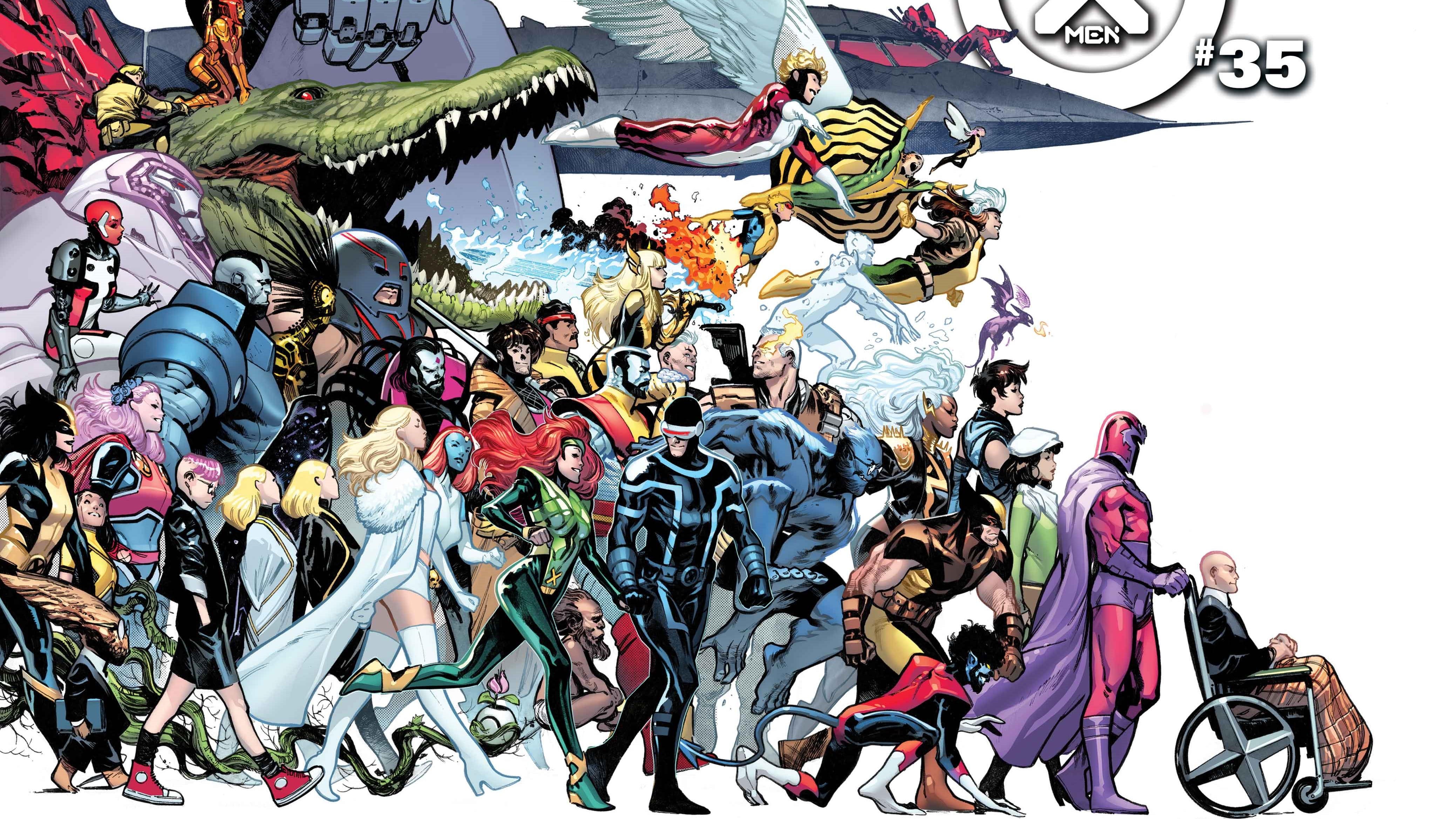Hey. You.
Yeah, you.
Wanna become an expert in Supreme Court K-12 public school student speech jurisprudence? It’s fun and cool, and any ol’ idiot can write a dissertation on it. Better yet, until last week, it only required a working knowledge of four cases:
- Tinker v. Des Moines Independent Community School District (1969): The foundational case in the field, Tinker was a dispute over whether Iowa school kids could wear black armbands to protest the Vietnam War. In finding that school discipline levied against Tinkers Mary Beth, John, Hope and Paul was unconstitutional, the Court established a rule that said student speech was protected in the school setting so long as it did not cause a “material and substantial disruption” with the operation of the school.
- Bethel School District v. Fraser (1986): The Court made its first exception to the “Tinker rule” in upholding school discipline for a student who gave a semi-profane (read: a bunch of barely hidden penis jokes) student government speech. In Frasier, the Court was confronted with a problem it would see 20 years later: What do you do with marginal, disfavored, icky speech that doesn’t cause a disruption (meaning you can’t punish it under Tinker) but you are an old and want to silence it anyway? Answer: Write a workaround to your rule. Fraser says schools can punish sexually suggestive speech without the requisite disruption to school order normally necessary under Tinker.
- Hazelwood School District v. Kuhlmeier (1988): Not content with screwing with a perfectly fine precedent just once, the Court came back two years after Fraser to write another exception to the Tinker rule, this one covering speech tied to a school’s curriculum and bearing signs of school sponsorship. Under Hazelwood — which began after a high school principal removed stories on teen pregnancy and kids dealing with divorced parents from the student newspaper — schools are allowed to engage in prepublication review and censor anything they find to be inappropriate for immature audiences. Uncool.
- Morse v. Frederick (2007): Joseph Frederick — like Matthew Fraser a generation before him — was a little rebellious shit stain of a student, driven to antics such as, well, displaying a giant “BONG HiTS 4 JESUS” banner as the Olympic torch relay passed through Juneau, Alaska on its way to the Salt Lake City games. Once again, the Court wrote another exception to Tinker — this time declaring that school administrators could censor and punish student speech they reasonably found to be a promotion of illegal drug use. (The banner is word salad to me and four justices on the Court at the time, but what do I know — I’m just a communications scholar who writes for a comic book/wrestling/fish sandwich website.)
That brings us to last week and what had been — to this point — a fundamental hole in the Supreme Court’s student speech case law. Tinker (that’s our primary case with those three pesky exceptions) specifically governs on-campus speech, meaning that it only contemplates speech that happens on-campus. (The banner raising in Morse, if you want to get technical and BY GOD I ALWAYS DO, occurred across the street from the school on public property, but the Court reasoned that since it was during school hours and on an approved school activity — whatever quasi merit there was to be had in watching the Olympic torch relay — it was student speech.)
But what about off-campus speech — expressive activities taking place away from the spatial and temporal confines of the school? There’s not even a test or a decision tree in Tinker for that stuff; the Court didn’t seem to contemplate the thirstiness of school administrators to silence speech outside of the “schoolhouse gates.” (That there being the worn out phrase from Tinker, by the way.) “A student’s rights, therefore, do not embrace merely the classroom hours,” as Justice Abe Fortas wrote for the majority. “When he is in the cafeteria, or on the playing field, or on the campus during the authorized hours, he may express his opinions, even on controversial subjects like the conflict in Vietnam, if he does so without ‘materially and substantially interfer[ing] with the requirements of appropriate discipline in the operation of the school’ and without colliding with the rights of others.” Again, no contemplation of what might happen when school officials try to silence student speech off campus — a place where those students should have the same rights as any other person on American soil and be entitled to the full spectrum of First Amendment protections.
For most of the back half of the 20th century, this simply wasn’t a problem — students didn’t have a wide range of publishing options at their disposal, and they were probably OK to distribute their underground student newspaper so long as they did it off campus. But then came the goddamned Internet and platforms like mySpace and YouTube where students could make fun of teachers and administrators and bring shame and chaos to campus (as that aforementioned group would argue). The Court, by virtue of its ability to control its appellate jurisdiction, dodged the question of online off-campus speech for the better part of two decades until it was finally tempted to grant review this year in Mahanoy Area School District v. B.L., a dispute that seems destined to become the “cussin’ cheerleader” case. (God, how I hate that label.)
Brandi Levy was a 14-year-old freshman who didn’t get a nod for her public school’s varsity cheerleading squad and missed out on a spot on a private softball team. And she was pissed. So she decided to go to Snapchat and vent (doing so, by the way, in an off-campus convenience store), writing “Fuck school fuck softball fuck cheer fuck everything” and throwing in a middle finger salute for good measure. Narcs on her friend list took screenshots and showed them to the coach, earning a one-year suspension for Levy in the process. She and her parents sued the school district and prevailed all the way to the U.S. Third Circuit Court of Appeals, which ruled the school district’s decision to be unconstitutional and found that Tinker simply doesn’t apply to off-campus speech.
A nice, bright-line rule.
That the Supreme Court fucked up.
After three consecutive student speech losses following Tinker (that’s right — Fraser, Hazelwood and Morse all go in favor of schools and administrative censorship), the Court’s 8-1 decision for Levy and her right to “fuck everything” is absolutely welcome, but after reading it, thinking about it and even talking on the television lookedy box about it, I’m not sure I like what the Court did, and I’m worried about what could come, as I figure that some administrators — despite cautioning from the Court — will look at this opinion as a greenlight to continue to intrude into online student speech.
The most lamentable thing Justice Stephen Breyer’s majority opinion did was to expressly disavow the Third Circuit’s reasoning. “Unlike the Third Circuit,” Breyer wrote, “we do not believe the special characteristics that give schools additional license to regulate student speech always disappear when a school regulates speech that takes place off campus.” So much for an easy to apply “either it’s on campus and subject to school discipline or off campus and the school can mind its own fucking business” rule. Rather, the Court found that some types of off-campus student speech such as “serious or severe bullying,” “threats,” “the failure to follow rules concerning lessons” and the use of school equipment justified treating speech as if it occurred on campus. But here, Breyer only pointed out some ideas and themes and expressly avoided setting out a “broad, highly general First Amendment rule stating just what counts as off campus speech[.]”
Supreme Court justices don’t always get to pick what decisions they write. The Court works based on seniority, meaning that the most senior justice in the majority (either by virtue of being Chief or time on the Court) gets to assign the opinion. With an 8-1 decision, Chief Justice John Roberts could have assigned this case to anyone on the bench (aside from contrarian Clarence Thomas) or keep the case for himself, as he did with Morse. However, Roberts gave the case to Breyer, who said during oral arguments both “I’m frightened to death of writing a standard” and
I can’t write a treatise on the First Amendment in this case, and so, at the moment, I’m thinking there are only two ways of dealing with it. One, treat it as an example. We can’t go beyond that. Look at the record and then decide. Or the other is everyone seems to want some rule[.]
This opinion is an ode to judicial cowardice, the same temerity Breyer spoke of during oral arguments. (Also, some of us like writing First Amendment treatises.) Not only does it fail to issue any definitive rule as to what makes off-campus speech, it only talks in generalities about when a school shouldn’t intrude into online student spaces, namely that parents should have responsibility in these matters, too much regulation may serve to swallow up all protected speech for a student and a school can have a duty to protect unpopular speech. Nothing easy to apply or concrete. Musings. At best.
It’s remarkable that Samuel Alito — the same justice who wrote in panicked tones about the interactivity of the Wii in 2010’s Brown v. Entertainment Merchants Association and argued that same year in Snyder v. Phelps for a special First Amendment carve out because the Westboro Baptist Church made him sad — had the better opinion in this case. While he ponders parental authority a bit too much (parents are just like cops — fuck ‘em), he at least attempts to define off-campus student speech along a spectrum from speech that’s more akin to on-campus expression (online classes, speech to or from campus, school-sponsored trips) to speech a school should never be allowed to touch, such as matters of “politics, religion and social relations.”
In the middle — where Alito starts to fuck around as he is wont to do in these situations — is threatening speech, speech that is critical of administrators or speech that “involves criticism or hurtful remarks about other students.” In this middle ground — where a less charitable reading of Levy’s snap could fall — Alito disavows any attempt to establish a constitutional rule and says only “these concepts are not easy to define with the precision required for a regulation of speech,” which is only unfortunate if you’re looking for a Supreme Court to give guidance on an issue that affects every K-12 public school student in America.
Alito is normally bad at his job and exceptionally bad on First Amendment issues, so I should really give him credit here on a well-reasoned opinion that could shape this area moving forward. The really remarkable thing, though, is that he stops early on in his opinion to ask why we even give schools the ability to limit student speech in the first place. He frames it as an obvious question — the answer being that at some point, schools have to simply function and they couldn’t do so if students were allowed absolutely unfettered expression at all times — but when we’re suspending or even expelling students on the grounds of speech that would otherwise be protected and guaranteed to them under the Constitution, it’s a question worth pondering and something that should shape more thought on the part of courts and — more importantly — school administrators.
“If today’s decision teaches any lesson,” Alito writes as he concludes his opinion, “it must be that the regulation of many types of off-premises student speech raises serious First Amendment concerns, and school officials should proceed cautiously before venturing into this territory.”
It’s not the decision or the protections that America’s students deserve. But with this Court on this issue, that vague admonition — that slight wag of the Court’s finger — might have been the best we could have hoped for.
Will Nevin loves bourbon and AP style and gets paid to teach one of those things. He is on Twitter far too often.






